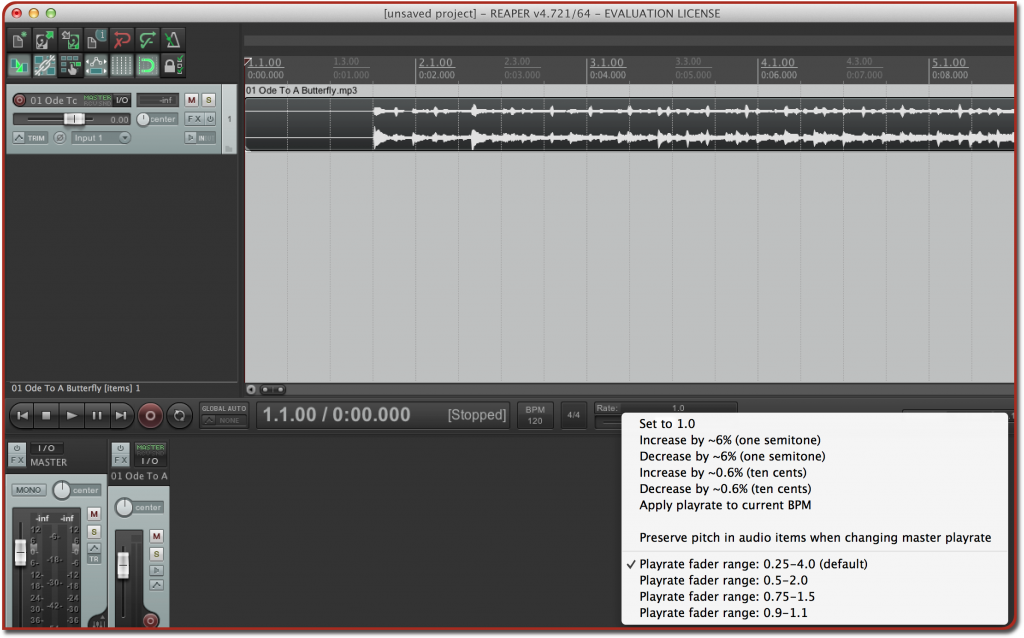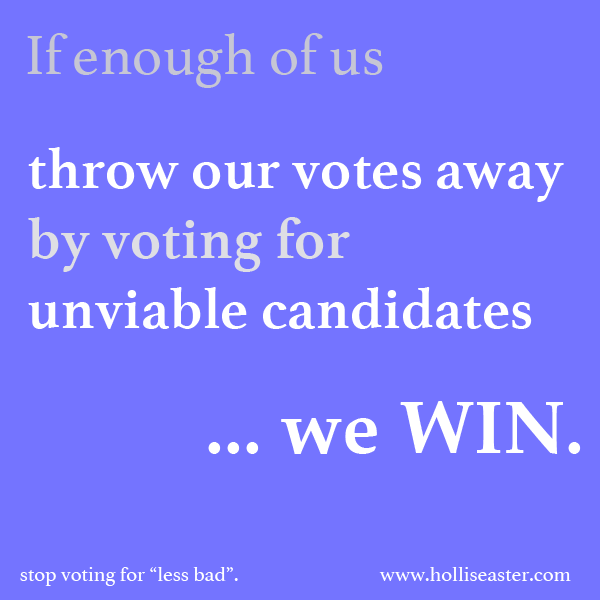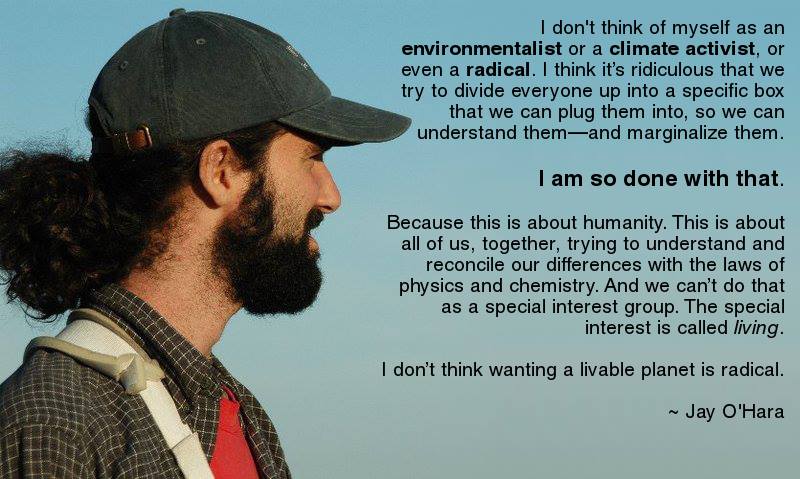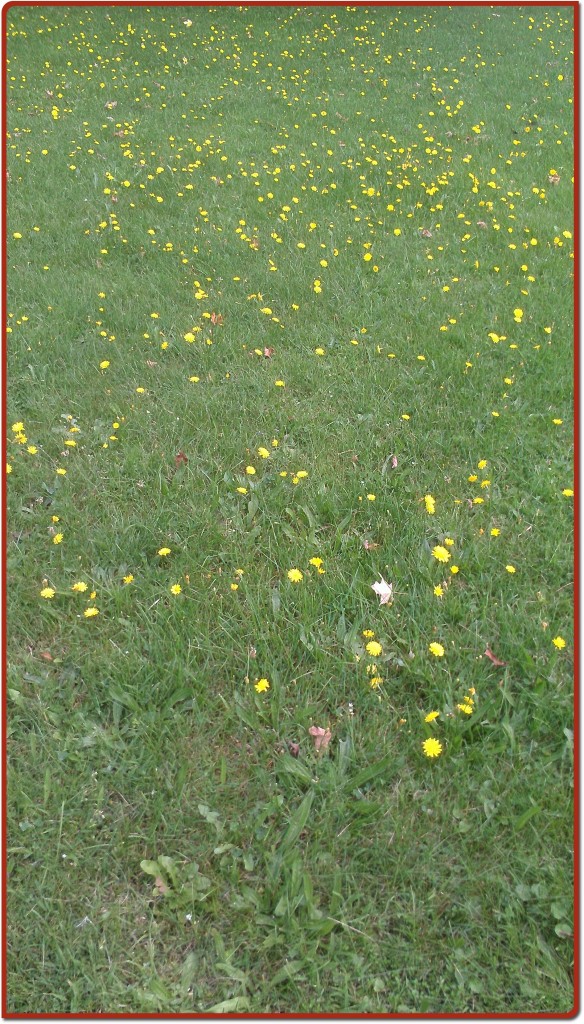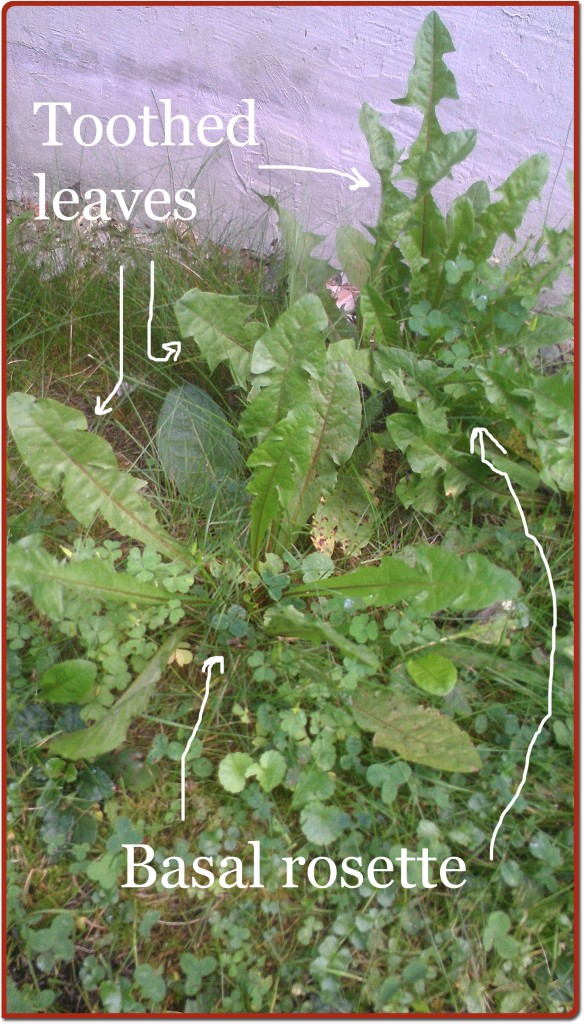It’s Suicide Prevention Week/Month right now, and a lot of people are still talking about suicide in the wake of Robin Williams’s death. There are a whole lot of lifeguards working to make our world safer from suicide. We have farther to go, but it’s appropriate to take stock and honor how far we’ve come.
My work on suicide prevention really began in 2004 when I took a full-time job as a program director at a suicide hotline in northern NY. Our field has done a lot in the last ten years. Here are some of the things that make me glad, and some thoughts about where we should head next.
People are openly talking about suicide more than ever
This is the biggest one. We talk about suicide a lot more than we ever used to. If it’s necessary to reduce the stigma of talking about suicide before we can reduce suicide itself, we’re making progress.
You see forums on the net, press conferences, media guidelines, support groups, task forces, and counseling guidelines. There’s more research being funded, and more research being done, than there was 10 years ago. That’s huge.
People who struggle with thoughts of suicide have a much broader selection of ways to find help. Whether they want anonymous or personalized help, it’s out there.
And people are talking. People say the word. If we can’t talk about the problem, we can’t fix the problem, and our world has started talking in a big way.
Suicide awareness coalitions are growing
Our regional coalition here in St. Lawrence County, northern NY, has been meeting for at least a decade, but that’s pretty unusual. NY’s Office of Mental Health is actually paying staff to go around and support regional coalitions all around NY, based on the idea that local people often have the best ideas about how to organize and change the local cultures.
Disseminated groups and coalitions are a fantastic way to advance the ball on suicide prevention because they’re small enough that they usually do their work based on real people who actually know and care about each other personally.
We’ve organized awareness walks, funded dozens of suicide intervention trainings, and helped thousands of people to talk directly about suicide. Not bad for a tiny group in a county of 112,000 people!
Coalitions are on the rise across the country, and I hope we’ll see that trend continue.
Crisis hotlines are alive and kicking
It’s probably obvious by now that I love crisis hotlines. My resume and my blog both speak to that. Part of the reason I love hotlines so much is that they’re among the most efficient ways to reach vulnerable people. Our hotline offers 24/7 coverage, with an additional professional staff of mobile crisis counselors, on about $250,000 a year. For a county that’s bigger than Delaware and Rhode Island put together.
There are crisis hotlines all across the country, and many have fallen on hard times as state governments have chosen to fund different kinds of initiatives. That’s hard for us because we’re really effective and we’re embarrassingly inexpensive, but we keep slogging. The field is chock-full of dedicated, caring people who keep doing the work despite all the hurdles.
Hotlines are better trained than ever, thanks to a host of initiatives aimed at providing tools and training for things like ASIST (Applied Suicide Intervention Skills Training), QPR (Question, Persuade, Refer), the Lifelines curricula, Connect Postvention, and more. Hotlines across the country are leading the charge to make sure that people who work with the public should be trained in talking about thoughts of suicide.
I believe the average crisis hotline volunteer in this country has more suicide intervention training, on average, than the average therapist with an MSW or Master’s in Counseling. That’s something to be proud of.
We need to do a better job funding hotlines, because too many are going out of business due to budget shortfalls. That needs to be a focus of legislative, public health, and community advocacy, and we need stabilized funding soon.
Training is available for caregivers
Training matters. It makes a difference. And there are a lot more options than there used to be.
I’ve taught suicide intervention trainings for potential caregivers in many states, and there are too many people like me to count. There are a lot of people learning how to do a better job of caring for people at risk, for populations at risk, and for people who’ve lost loved ones to suicide.
We’re still learning what works. Sometimes we get it wrong, and we fix it. We keep learning, and we keep teaching people the best of what we know. But there’s a lot more demand for my classes than there used to be, and that’s fantastic. We need tons of lifeguards.
Governments are helping
All across the country, governments are helping with the suicide prevention mission. They’re working to improve access to care, providing training (and training for trainers—New York’s government paid some $14,000 for me to have the instructor training I’ve received, and I could never have done it without them. Thanks, Melanie, Fred, Gary, Pat, Cassandra, Sam, and all the rest!) and support, improving surveillance of deaths, providing support for research, and connecting concerned people in disparate fields.
This is great. It’s important. And it’s a role no other kind of organization can really play.
Everybody complains about government sometimes, but they deserve our recognition and thanks for their support. They’re doing a lot more than they were a decade ago, and I hope it continues to grow.
Live Through This and voices for attempt survivors
For a long time, the suicide prevention world didn’t like to talk about attempt survivors—people who’d attempted suicide in the past, but survived. They were made to feel like black sheep in the community, often shunned, sometimes feared, rarely welcomed.
This has to stop. And it’s beginning to. A lot of us are talking about lived experience.
Thanks to courageous people like Cara Anna, Dese’Rae Stage, Leah Harris, and others, the voices of suicide attempt survivors are getting heard. There are projects like Dese’Rae’s LiveThroughThis.org that give attempt survivors a chance to tell their stories.
Our community desperately needs the knowledge that comes from people who’ve faced suicide and chosen to attempt it—they’re the people who know what that feels like, and by definition they’re our best chance to understand how to help people standing at the edge of the same cliff. By including them, our efforts and credibility get a whole lot stronger.
The American Association of Suicidology also deserves a lot of credit for choosing to support these people in telling their story, both by using its media presence to amplify the signals and by providing space and sponsorship for attempt survivor groups to write.
#SPSM
In each of my fields, professionals have started using Twitter to meet for distributed, open weekly gatherings. We talk, we share stories, we disseminate good ideas.
It’s all about speeding up the rate at which we share our best ideas so others can pick them up and run with them. Last week, I got to be interviewed on #SPSM (Suicide Prevention in Social Media), the Twitter chat for this field. It meets at 9pm Central on Sunday nights, at the Twitter hashtag #spsm. Join us!
NSPL and Veterans’ hotline
The National Suicide Prevention Lifeline is a free suicide hotline that’s available at 1-800-273-TALK from anywhere in the USA. Ten years ago, there wasn’t any such hotline in wide use. Now, there are several. There’s a hotline just for veterans that’s embedded within the NSPL line; just press 1 after NSPL picks up.
I still believe really strongly that local hotlines are important—many people feel more comfortable talking to folks from near where they live, people who understand some of what life is like. But the NSPL is a stupendous achievement, an invaluable backup that’s available for everyone in the country. It’s a huge deal.
I have some concerns about the centralization of power and funding in the hands of a few giant hotlines because I think it weakens our network’s resilience for dealing with problems, and some of these big organizations do threaten the funding of smaller ones. But on the whole, they’re a really good backup for smaller regional organizations.
CrisisChat and CTL
This may come as a shock, but a lot of people prefer texting or chatting over talking on their phones. Calling someone on a phone is uncomfortable for some people, and our field has gotten on board with that. If you can’t beat ’em—and why would you try?—join ’em.
I served on the national board of Contact USA for four years, and I was part of the team that got CrisisChat.org rolling. (big thanks to Jill Wolski and Shye Louis for their leadership there!) CrisisChat was one of the first groups to offer SMS- and text-based crisis counseling and suicide intervention to people living anywhere in the country.
Now CrisisTextLine is carrying the torch forward. More and more, we’re doing a good job of making sure that people can get help even if they don’t want to speak.
This is important partly because of generational issues—kids and teens think of suicide too, and many of them can’t or don’t want to talk about it in places where others might hear.
Speaking for myself, if I’m really upset I often find it hard to make any words come out of my mouth—but I can always type. I’m glad that we’re finding ways to help people like that.
Mandated suicide intervention training for clinicians
We tell people to seek out trained caregivers if they’re thinking of suicide, and that’s a good idea—but the embarrassing truth is that most states don’t require any suicide intervention training at all for people earning degrees in social work or counseling.
In my years as a suicide intervention trainer, I’ve lost count of how many times clinicians have come up to me to offer thanks for the training, saying it was more than they had received in their entire graduate programs. This stops me in my tracks when I hear it at the end of a 16-hour ASIST program, but it leaves me gobsmacked when I spend 2 hours teaching QPR and find that it blew clinicians’ hair back.
California and several other states are talking about mandating suicide intervention training for professionals who work with people with mental illness. (I’m not wild about making suicide intervention all about mental illness, but it’s a place to start.) We train teachers on reporting child abuse, we require doctors to learn to identify cancers, and it’s right for us to expect mental health professionals to be prepared for helping suicidal people.
American Association of Suicidology and the National Action Alliance for Suicide Prevention
It’s no secret that I prefer local initiatives over national ones when it comes to helping individual people, but I think it’s critical to have national frameworks in place for helping to share ideas, disseminate experiences, debate approaches, stabilize funding, and pay for research. I think local groups do a lot of things really well, but we’re too close to the problems to do a great job interacting with federal systems, insurance, research grants, and the like.
So there’s a big role for groups like AAS and the NAASP to play. By taking the 30,000 foot view, they can bring smaller groups together, advocate for their needs, swim in the shark-infested waters of Congressional lobbying, and work to identify and address broad trends in the field.
It’s fantastic that these organizations exist, and even better that they’re strong. They’re supported by government funding, by private donations, and by networks of professionals. We need staunch advocates, and it’s a privilege to work with the people who make up these groups.
So what’s next?
We’ve done a lot. It’s good to recognize that. We should celebrate it, and the people who’ve made it happen, even while we keep our eyes resolutely fixed on the future.
So what comes next?
Here are some of my thoughts and concerns.
Funding stability
As I’ve said, I think funding stability is the Achilles’ heel of our field. A lot of the organizations are near the edge financially, and there isn’t always enough money to keep the lights on. Budgets get trimmed and then slashed, and programs melt away.
More tragic is that when that happens, the people in the field—people with wisdom and experience earned in the trenches—often leave and don’t return. We have a brain drain problem, and it’s exacerbated (and sometimes outright caused) by the fact that our funding bites.
Expanding roles of hotlines and support organizations
Our field now sees suicide less as its own issue—like domestic violence, or sexual assault, or substance abuse—and more as the continuation of any issue when taken too far past a person’s coping skills. Push anybody hard enough and some of them are likely to start thinking about death.
Suicide hotlines take calls about a cornucopia of issues, and people aren’t always thinking about suicide when they call. We’re being asked to support larger and larger groups of people on smaller numbers of dollars, and eventually the dam will break.
It’s wonderful that we’re encouraging so many people to call hotlines. I think that’s great! I think it’s amazing that people feel good about calling suicide hotlines about such a wide swath of issues, and I want to be very clear that I want that to continue.
But without additional funding and supports in place, eventually mistakes will creep in. We need support, and we need money, and we need it now.
Wrap-around care and coverage
I want to be able to interface with the broader world of health care and mental health treatment. I want to be able to help put supports around callers who want them.
It would be great to be able to make appointments for people, help them follow their treatment plans, and be sure that we’re following the guidelines of their therapists or psychologists. In many cases, we can already do that because of existing relationships with treatment providers.
But really, until health care is available to everyone, and available at a price everyone can afford, people are going to keep slipping through the cracks. While price remains a sticking point, we’re going to keep talking to people who cannot afford to get psychiatric treatment, and people will continue to prioritize buying food for their kids over buying antidepressants for themselves.
With universal health care, I expect to see a lot more tools available for helping people with thoughts of suicide.
Self-care for caregivers
This is dumb. You’re probably rolling your eyes right now. I’m rolling my eyes as I type it.
But God, do we ever need to figure this one out. I’ve been here ten years and already I’ve seen too many people burn up, burn out, and turn to ash amid the constant pressure of this work. People get into it because they’re passionate, because they’re smart, because they really care. There’s so much beauty in that.
But we, both within the suicide prevention world and in our culture at large, lionize people who work too hard and don’t take care of themselves. We make them our poster children, we talk about their incredible dedication, we compare ourselves against them, and we hold them up as examples of what success needs to look like. I have envied the workaholics, and I have also been one. I have stood on both sides of this issue. And I probably will again.
But until we look at this and change ourselves, as a culture, we’re going to keep valuing short-term work output over long-term sanity and survivability. We’ll keep seeing the best minds of our generation dragging themselves out into the streets at dawn so they can get a few extra hours of work done.
As long as we consider it more worthy to work 70-hour weeks than to work 35-hour weeks, this will continue. As long as we encourage people to feel guilty for taking care of themselves, this will continue. And as long as it continues, we’ll keep losing caregivers to the relentless depredations of stress, exhaustion, and overwork.
Suicide is preventable, and so is burnout.
Access to care
We need better ways of making mental health care available across the country, especially in rural and poorer areas. This plays into the universal health care argument, but it’s also different.
In my area, a lot of people work multiple jobs. A lot of those jobs are hourly ones, and people can’t routinely take time off without losing their jobs. How the heck are they supposed to go to medical appointments and counseling sessions?
I see it as one of the great failings of our professions that the treatment model and context still looks much the same as it did in the 70s. You still come to an office in a central location during business hours and make an appointment with a professional to sit in their office for 30-60 minutes and talk.
It’s a great model as far as it goes, but it structurally and systematically excludes a lot of people whose lives make it impossible to walk in the door: hourly workers, stay-at-home parents, people without access to transportation, and more. We can and should look for ways to make all forms of mental health care more accessible, and I’ve got more thoughts on that (coming sometime soon). Breaking down these barriers to care needs to be a priority for the next ten years.
Let’s do it.
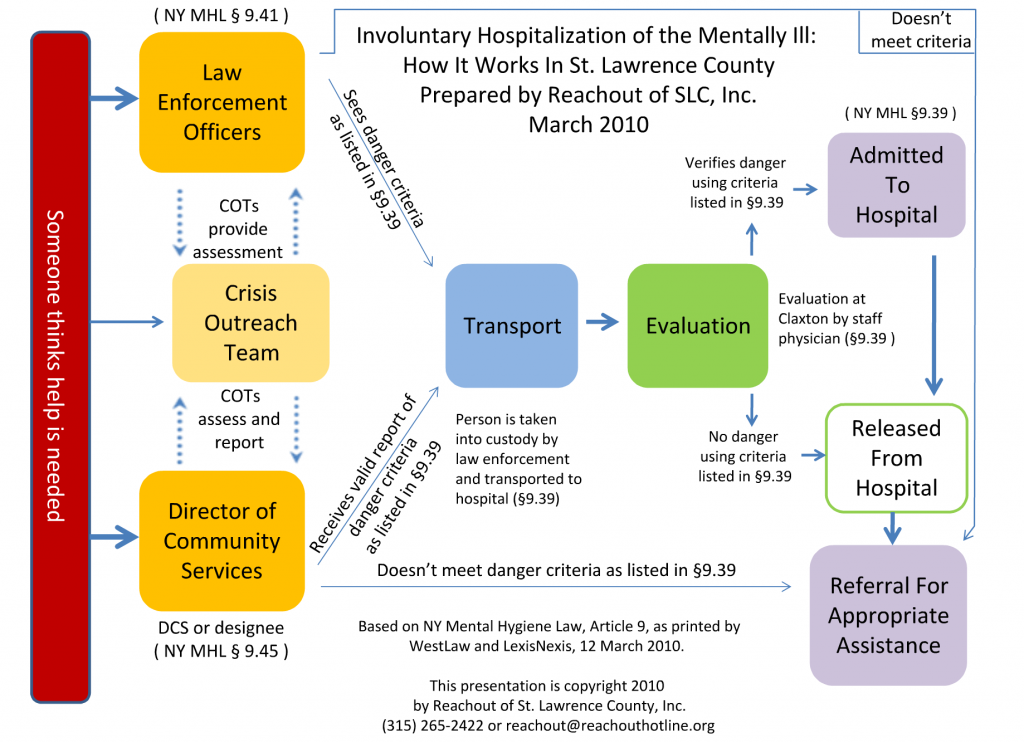
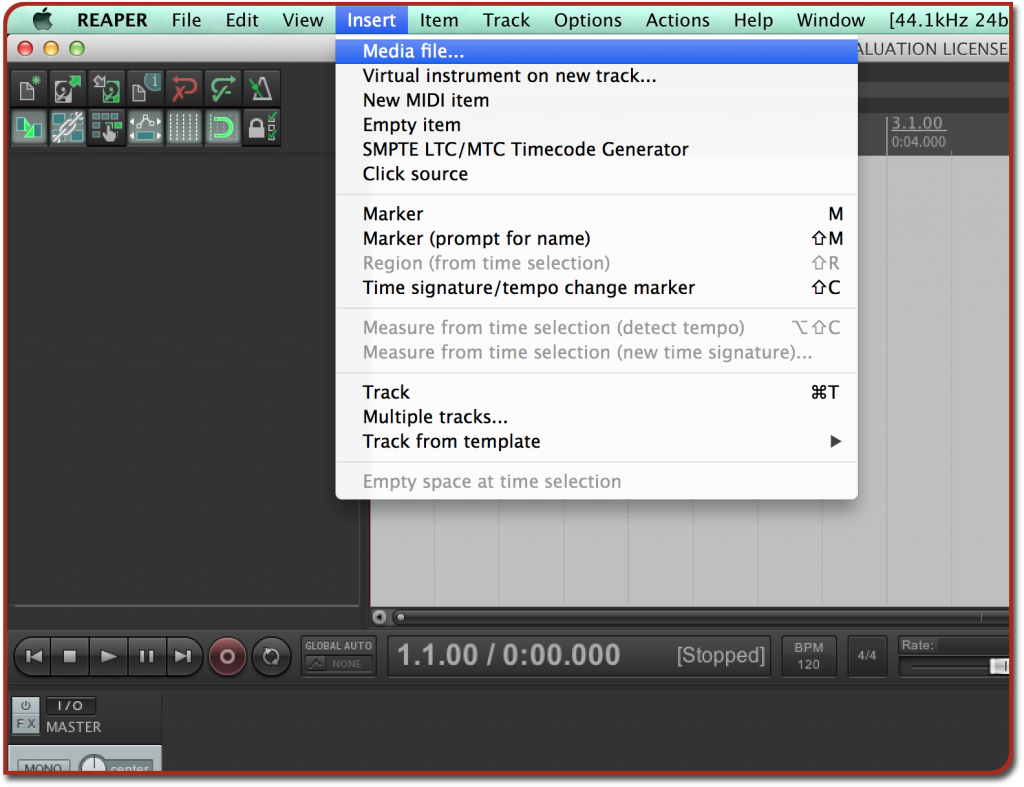

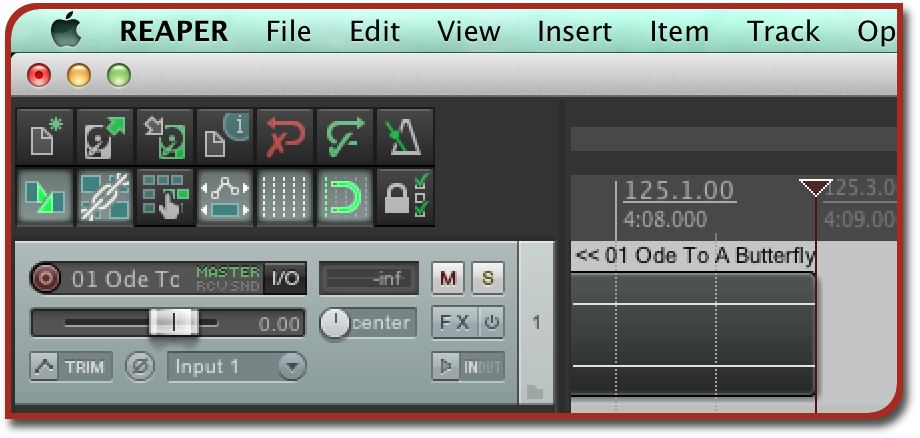 (You can also click-and-drag a track directly from iTunes into REAPER. Just click on the track in iTunes and switch windows to REAPER. You’ll see a dark box appear under the cursor. Drag it to the left, to the beginning of the project, and release the mouse. REAPER will import the file automatically for you. Slick!)
(You can also click-and-drag a track directly from iTunes into REAPER. Just click on the track in iTunes and switch windows to REAPER. You’ll see a dark box appear under the cursor. Drag it to the left, to the beginning of the project, and release the mouse. REAPER will import the file automatically for you. Slick!)

